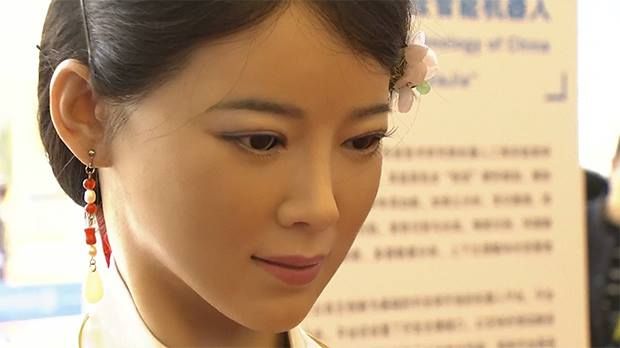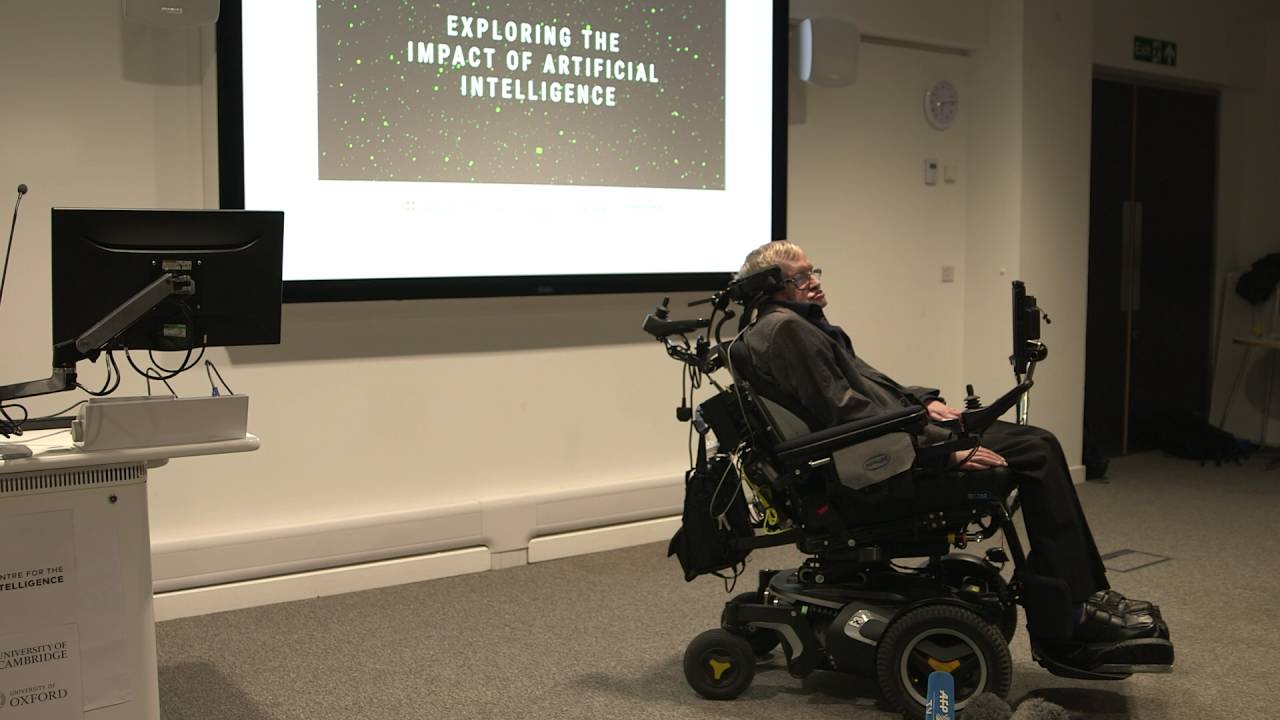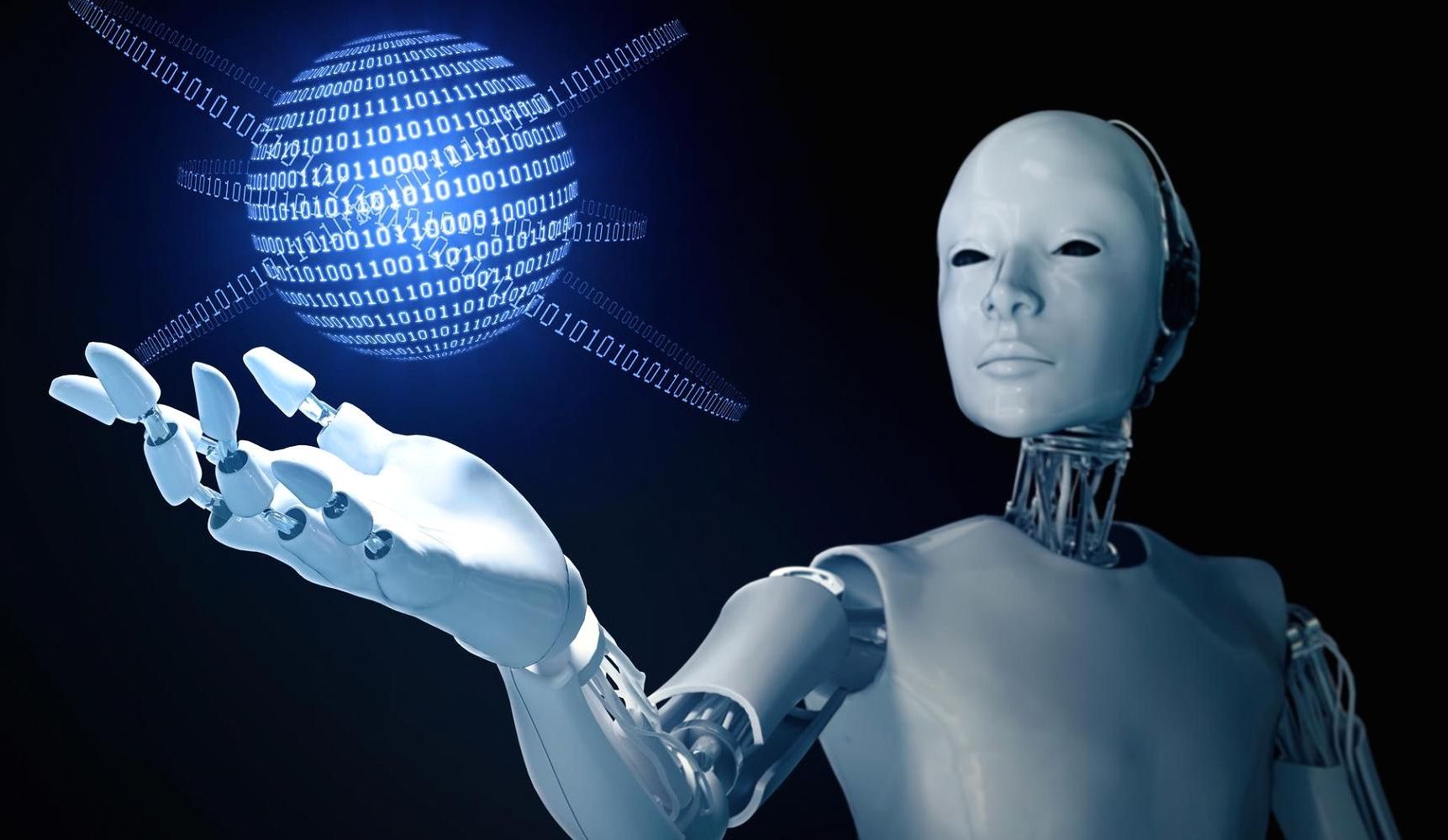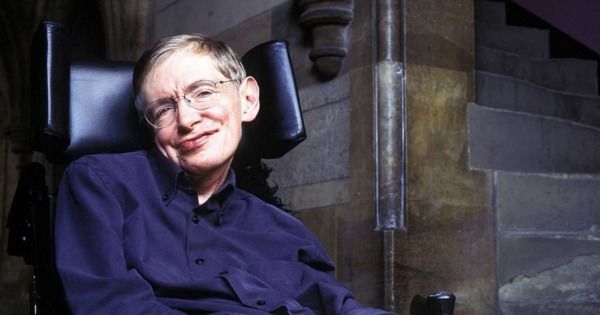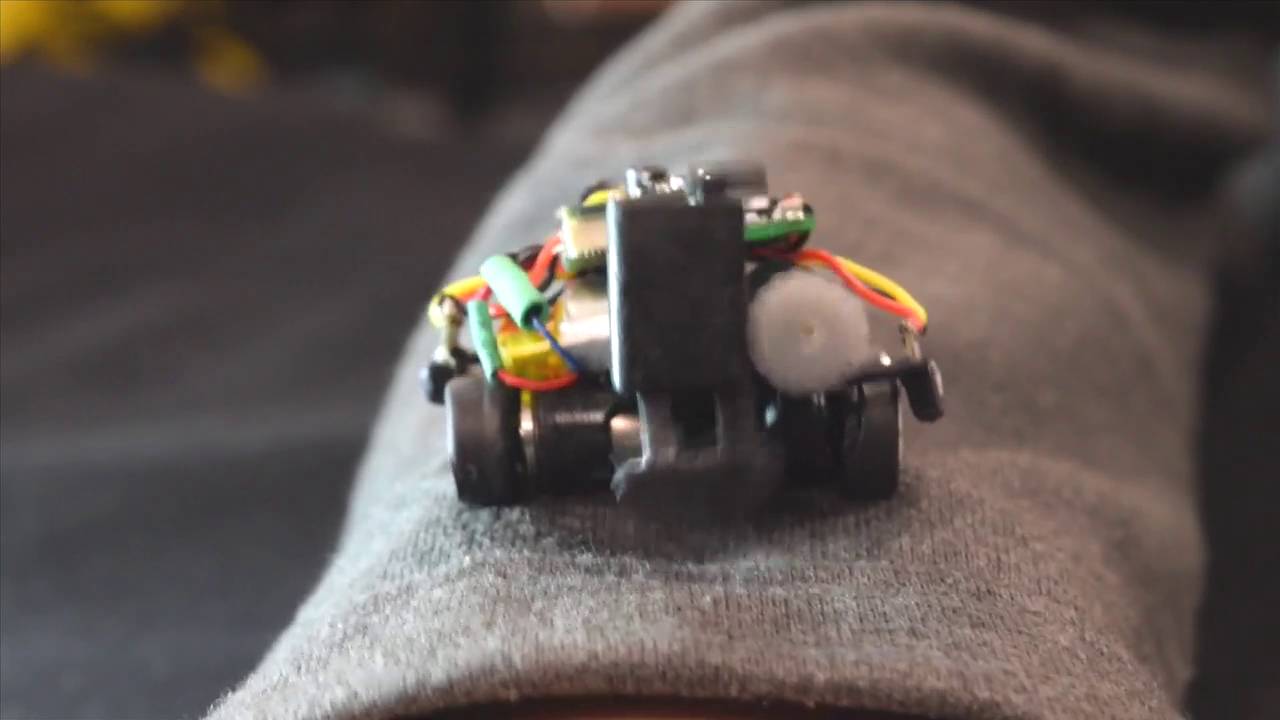Wall Street watchdogs turn to AI: System can scan markets and even chat rooms for rogue traders…
Artificial intelligence programs have beaten chess masters and TV quiz show champions. Next up: stock market cheats.
Two exchange operators have announced plans to launch artificial intelligence tools for market surveillance in the coming months and officials at a Wall Street regulator tell Reuters they are not far behind.
Executives are hoping computers with humanoid wit can help mere mortals catch misbehavior more quickly.


